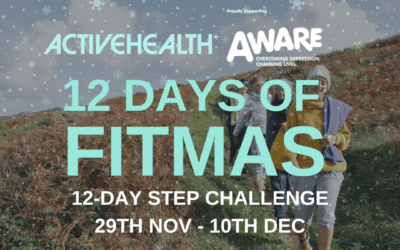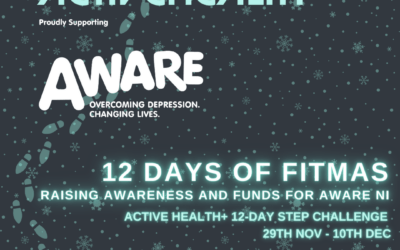Mastering the Squat: Safeguarding Your Body through Proper Form
Introduction:
Welcome to Active Health Solutions! Today, we’re diving deep into a crucial aspect of your workout routine: mastering the squat. Whether you’re an experienced fitness enthusiast or just beginning your fitness journey, ensuring correct squat form is paramount to avoiding potential injuries and maximizing the benefits of this fundamental exercise.
The Squat: A Staple of Fitness:
The squat is a compound exercise that engages multiple muscle groups, including the quadriceps, hamstrings, glutes, core, and lower back. Not only does it help build strength and muscle mass, but it also enhances flexibility, balance, and stability. Squats are not only used in strength training but are also functional movements that contribute to better daily activities and overall fitness.
Importance of Proper Form:
While squats are undoubtedly beneficial, performing them with incorrect form can lead to a range of injuries, from mild discomfort to severe damage. Here are some reasons why ensuring proper squat form is essential:
-
Injury Prevention: Proper form minimizes the risk of injuries to the knees, hips, lower back, and ankles. Squatting with incorrect alignment can place unnecessary stress on these joints, leading to strains, sprains, or even more severe conditions like ligament tears or herniated discs.
-
Maximizing Muscle Engagement: Correct form ensures that you’re targeting the intended muscle groups effectively. This leads to more efficient muscle activation, promoting muscle growth and overall strength gains.
-
Spinal Alignment: Maintaining a neutral spine during squats is crucial to protect your back from unnecessary stress. Improper form, such as rounding or arching the back, can strain the spine and result in long-term back problems.
-
Balance and Stability: Proper form enhances your balance and stability during the squat. This not only helps prevent accidents during the exercise itself but also translates into better stability in other daily activities.
Tips for Correct Squat Form:
-
Find Your Stance: Stand with your feet shoulder-width apart or slightly wider. Toes can be pointing straight ahead or slightly turned out, depending on your comfort and anatomy.
-
Keep Your Back Straight: Maintain a neutral spine throughout the movement. Avoid excessive rounding or arching of the back.
-
Initiate the Movement with Your Hips: Push your hips back as you begin to squat down, keeping your weight on your heels.
-
Reach Appropriate Depth: Aim to go as low as your mobility allows without compromising form. Thighs parallel to the ground is a common guideline, but individual mobility may vary.
-
Knees Over Toes: During the descent, ensure your knees are tracking in line with your toes. Avoid letting your knees collapse inward.
-
Engage Your Core: Keep your core muscles activated to stabilize your spine and protect your lower back.
-
Use a Mirror or Ask for Feedback: Utilize a mirror or ask a trainer to provide feedback on your form. Video recording yourself can also be helpful to identify areas for improvement.
Conclusion:
The squat is a versatile and effective exercise for building strength and improving overall fitness. However, it is crucial to prioritize correct form to avoid injury and maximize the benefits of this fundamental movement. By following the tips mentioned above and seeking guidance from fitness professionals, you can ensure that your squats are safe, effective, and contribute to a stronger, healthier body.
Remember, the journey to fitness is not just about the destination but the process. Embrace the learning experience, focus on form, and watch as your body transforms with each squat you master. Stay committed, stay safe, and stay strong!
At Active Health Solutions, we are dedicated to helping you achieve your fitness goals while safeguarding your well-being. If you have any questions or need further assistance, feel free to reach out to our team of experts. Happy squatting!
Related Articles
How do I track my steps each day?
Are you taking part in our 12 Days of Fitmas Steps Challenge this year? Not sure how to keep a track of how many steps you've done each day? Don't worry - we're here to help!Read on for three options to help you keep track! Use your...
Active Health’s 12 Days of Fitmas
What?: 12 Days of Fitmas Step Challenge Info: Active Health is fundraising for Aware NI and we'd love you to join us in an independent step challenge with a group walk to finish! When?: 29th Nov – 10th Dec This year we are hosting a 12-Day Step Count Challenge....
Fibromyalgia
Fibromyalgia is a chronic condition characterised by widespread pain throughout the body along with fatigue, memory problems, sleep and mood disorders.



